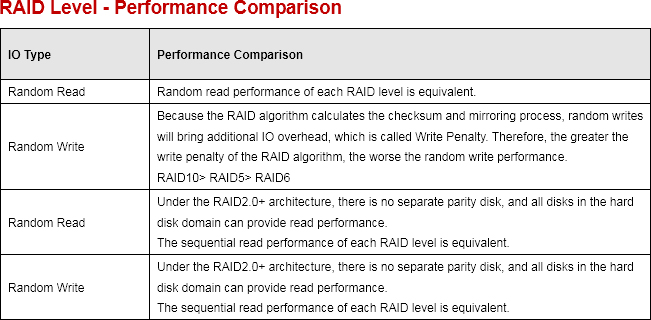Huawei H13-611_V5.0-ENU Übungsprüfungen
Zuletzt aktualisiert am 21.10.2025- Prüfungscode: H13-611_V5.0-ENU
- Prüfungsname: HCIA-Storage V5.0
- Zertifizierungsanbieter: Huawei
- Zuletzt aktualisiert am: 21.10.2025
Which of the following two descriptions is correct?
Description 1: Synchronous remote replication. When the primary storage fails, the amount of data loss can be zero.
Description 2: When the host is a Linux-based file system, asynchronous remote replication must be used.
- A . Both description 1 and description 2 are correct
- B . Description 1 is right, description 2 is wrong
- C . Description 1 is wrong, description 2 is correct
- D . Both description 1 and description 2 are wrong
Integrated edge storage is mainly used in edge branch application scenarios, such as gas stations and power grids.
- A . True
- B . False
The iSCSI node transmits the SCSI commands directly on the TCP/IP network.
- A . True
- B . False
A company belongs to the fields of banking and finance, with a large amount of business data and high security requirements. Which RAID level is suitable for this company?
- A . RAIDO
- B . RAID 1
- C . RAID 5
- D . RAID 10
Which of the weather forecast cloud images are correct? (Multiple Choice)
- A . Satellite cloud image is a kind of information.
- B . The weather map can have a tree shape or a fan shape.
- C . Weather forecast is a kind of information
- D . The weather forecast is a conclusion drawn from the weather map
When the RPO time requirement is at the minute level, the traditional tape backup method can be used.
- A . True
- B . False
Which of the following statements corresponding to RAID 5 and RAID 10 are correct?

- A . The sequential read performance of RAID 5 is lower than that of RAID 10.
- B . With sufficient front-end pressure, the sequential write performance of RAID 5 is higher than that of RAID 10.
- C . The random read performance of RAID 5 is lower than that of RAID 10.
- D . The random write performance of RAID 5 is higher than that of RAID 10.
() can create a full data copy (target LUN) of the source LUN at a specific point in time (start synchronization)
- A . HyperClone
Which of the following is not a PCle device layer in the PCle protocol structure?
- A . Physical layer
- B . Data link layer
- C . Transaction layer
- D . Presentation layer
